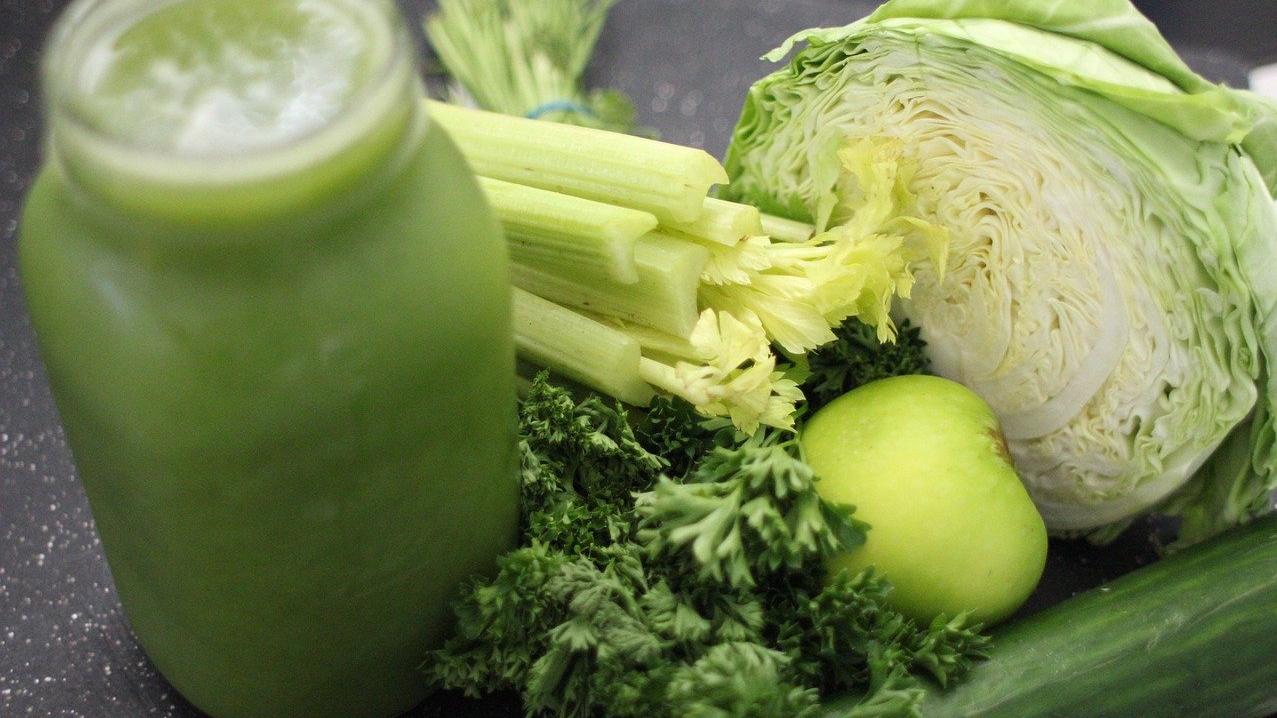
With the popularity of documentary films such as, “Fat, Sick & Nearly Dead,” which talks about the healing power of juicing, and the widespread availability of the various different kinds of juicers and blenders in stores and online, there has also arisen a debate as to whether juicing or blending is better for you. Let’s take a look at both approaches so that you can come to an informed conclusion for yourself.
Blending
Blenders combine sharp blades and a powerful motor to use centrifugal force to pulverize the fruit or vegetable into a liquid or a pulp that you can then drink. Because blending utilizes the whole food it does not waste the fiber, which has countless health benefits.
You have most likely seen the infomercials selling a fast, convenient blender product that people are using to make smoothies from fruits and vegetables and ice promising amazing health benefits. However, blending actually produces fewer nutrients than juicing because it includes the fiber, which is a food, therefore it needs to be processed through the digestive tract. Digestion begins in the mouth when the foods are chewed properly and mixed with saliva, which contains digestive enzymes for carbohydrates. If you do not chew the blended smoothie, then not much saliva is secreted to aid in digestion. If your digestive system is not strong, all of that excess fiber may cause abdominal discomfort, gas and bloating.
High speed blenders also create heat, which may oxidize (destroy nutrients in the food) quickly. Most blenders are made of plastic, which presents additional health concerns not limited to the BPAs in the plastic that can end up in the food.
Juicing
There are two general categories of juicing machines: centrifugal and masticating (single gear and two gears)
Centrifugal juicers shred food down to a pulp which is then forced through a mesh screen and the juice comes flowing out. When you are all done you end up with a container of juice and a receptacle full of the fibrous pulp that has been extracted.
Masticating juicers basically smash, squeeze and crush the juice out of fruits and vegetables. They are more efficient at juicing leafy greens such as kale, spinach and wheatgrass. A masticating juicer mimics the process of chewing up the food to extract the juice. It does not operate at high speed so it does not produce heat and the machine runs a bit more quietly than a centrifugal juicer. One of the best things about a masticating juicer is that it can produce more juice from fewer vegetables than the centrifugal machines, and the slower process does not cause oxidation which preserves the vital enzymes in the juice.
I prefer masticating juicers for the following reasons:
They operate at slower speed than centrifugal, so the create a much slower oxidation process than the centrifugal juicers.
Most of the juicers on the market are made of plastic. There are some made of stainless steel, but they can cost over $1200, which may be too expensive for average households.
Freshly processed juices are already full of nutrients and do not need to be digested. If you drink juice on an empty stomach, it will be digested immediately.
Ingredients for juicing
Here is a list of just a few of the base ingredients for juicing:
Main ingredients, such as carrots, beets and greens. Be careful with carrots and beets as they are sweet. Always combine with other vegetables to balance.
Add dark, leafy green vegetables such as parsley, cilantro, kale, spinach, collard greens or watercress. However, be sure not to add too much of those as they contain high in oxalate which may form kidney stones.
Always add ginger.
Always add lemons or limes, which are low in fructose and high in vitamin C.
Limit the fruits you add to your juices because of their high fructose (sugar) content, Green apples are good to add to taste better as they are full of antioxidants, improve your digestive function and contain low amounts of fructose.
Add a few drops of olive oil to make the nutrients in the juice more absorbable. Many of the nutrients such as vitamins A, D, E are fat soluble.
Before you drink, thank Mother Earth and the vegetables for providing you with the nutrients for your health. Finally, be sure to drink your juice right away. I do not recommend storing the juice as it loses the vital nutrients over time.
Mika Ichihara
Source:
http://articles.mercola.com/sites/articles/archive/2014/04/19/juicing-benefits.aspx
http://www.naturalnews.com/047812_green_juice_vegetable_juicing_citrus_fruits.html
